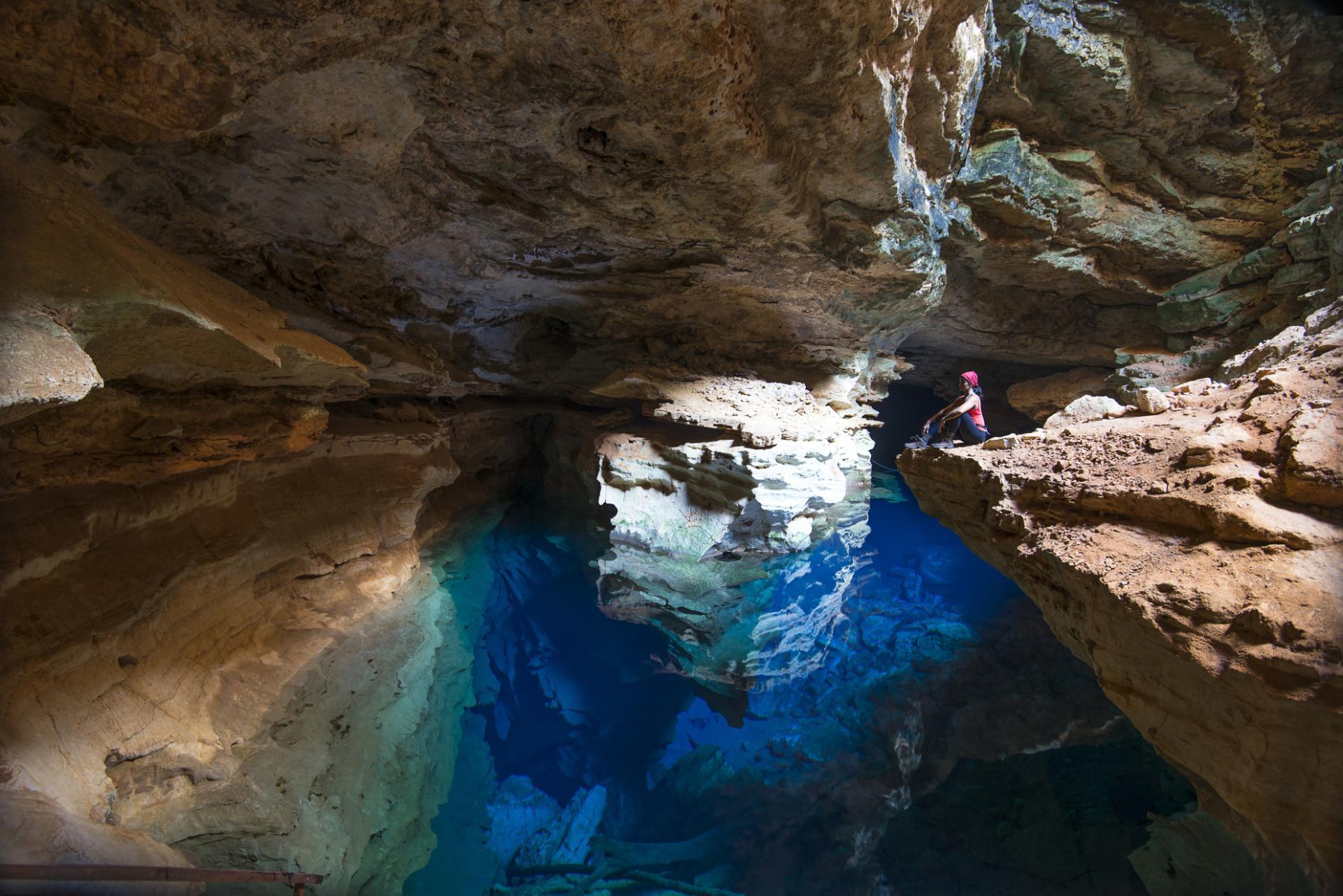How Far Is Eco-tourism in Brazil?

What Is Eco-tourism?
This expression is now on everyone's lips in Brazil, including those of travelers. But what does it actually mean?
The following principle has been established by the Brazilian Ministry of Tourism: "Eco-tourism uses the country's natural and cultural treasures sustainably, contributes to their preservation and creates a general environmental awareness, while at the same time supporting the local population." Eco-tourism, therefore, has the characteristics of respecting and interacting with the inhabitants, promoting the economy of the regions visited and respecting, knowing and preserving the environment.
Physical activity in harmony with nature is ultimately what we need to cope with the stress of everyday life. Activities such as canoeing, horseback riding, abseiling, trekking, scuba-diving, wildlife observation and much more, are all part of eco-tourism.
Origins
In the 1970s, global concerns about economic growth, environmental pollution and social justice expanded to the tourism sector. The United Nations Conferences on Environment and Development in Stockholm in 1972 and Rio de Janeiro in 1992 set the tone. They were marked by the debate on sustainable economic growth based on eco-technology, further training of workers and technical and scientific development. The result of the Rio Conference was Agenda 21, which provides guidelines for sustainable development in the 21st century. Among other things, eco-tourism is mentioned as a segment of tourism that promotes nature conservation, social responsibility and the development of local economies.
Implementation and Development in Brazil
Parallel to the global discussion on sustainability, the term “eco-tourism” was introduced in Brazil at the end of the 1980s. The Brazilian Institute for Tourism (EMBRATUR) initiated the Ecological Tourism Project in 1985. Two years later, a national technical commission was established which, together with the Brazilian Institute for the Environment and Natural Resources (IBAMA), regulates eco-tourism in Brazil. In the same period, courses for specialized guides were offered for the first time.
In 1994, EMBRATUR and IBAMA, in cooperation with the Ministry of Science & Technology and the Ministry of Environment, published some key points for the development of eco-tourism:
- Regulation
- Strengthening cooperation between public and private institutions
- Qualification of workers
- Quality control
- Improvement of infrastructure
- Measures for the specific promotion of eco-tourism
- Raising awareness of environmental issues among tourists
- Involving the local population
Optimal conditions
Brazil has some of the greatest biodiversity in the world and is therefore predestined for eco-tourism. The different ecosystems of the Amazon, Atlantic Rainforest, grass steppes (pampas), grasslands (Cerrado), semi-arid steppe (Caatinga), the Pantanal and the coastal and marine regions form a colorful portfolio.
Based on scientific studies, the Brazilian federal government defined the “Pólos de Ecoturismo.” These geographical zones are home to destinations of special interest for eco-tourism and enjoy priority in terms of public and private investment.
According to estimates, there are now around ten thousand private companies and institutes in Brazil specializing in eco-tourism and providing opportunities for thousands of employees. About one million people per year practice sustainable tourism here. While tourism worldwide is growing by a total of 7.5 percent annually, the growth rate of eco-tourism is 20 percent year over year.
Eco-tourism in Brazil
Now that you have some contextual knowledge, we would like to introduce you to destinations that implement eco-tourism in an exemplary manner as you plan for your next trip to Brazil.
Bonito is a reference for sustainable eco-tourism in Brazil. The list of possible activities seems endless: night diving, caving, abseiling, hiking, rafting, high wire climbing, snorkeling in the Rio Prata, kayaking and much more.
The Pantanal is known for its exuberant flora and fauna. Horseback riding and hikes focused on wildlife observation, fishing and canoeing are particularly popular. To get to know the ecosystem of the Pantanal better, we recommend spending the night at a fazenda (farm) where safaris and fishing are part of the program.
Nature lovers are drawn to the island of Fernando de Noronha. The landscape can be explored by boat, on foot or by bicycle. This is how the sustainable project "Bike Noronha" was founded in 2015. Scuba-divers and water sports enthusiasts also get their money's worth.
The Reserva Mamirauá is located about 373 miles (600 kilometers) from Manaus. The Institute for Sustainable Development, bearing the same name, and Pousada Uakari are part of the reserve. The pousada (inn) offers boat and canoe trips as well as nocturnal wildlife observation and visits to the indigenous Ribeirinhas.
In the Northeast lies Jericoacoara National Park. On 77 square miles (200 square kilometers), visitors can experience numerous attractions. The sand dunes, lagoons and mangroves can be discovered well by buggy. In the evening you can admire a picturesque sunset from the dunes. The ascent on foot is worthwhile!
Brazil has many high plateaus. Especially beautiful is Chapada Diamantina. In the heart of Bahia, valleys, canyons and waterfalls can be explored. A swim in natural pools always brings welcome refreshment. Our recommendations: go snorkeling at Poço Azul (Blue Well) and watch the sunset from Mount Pai Inácio.
Last but not least, we recommend the area around Florianópolis to interested eco-tourists. The picturesque beaches are prime for surfing or stand-up paddling. Whale watching, sandboarding and horseback riding complete the travel experience. Also, hiking in the Atlantic Rainforest is pure pleasure for all nature lovers.
There is no question that eco-tourism has fully established itself in Brazil. With so many incredible options, many are confused on where to start!
Sources: www.turismo.gov.br

